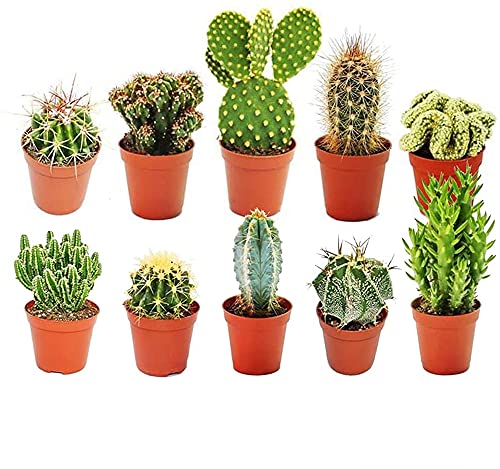Understanding the Basics of Transplanting Cactus
Transplanting a cactus is a delicate process that requires careful attention to detail. If done properly, the cactus can thrive in its new environment and grow even better than before. However, if done incorrectly, the cactus can suffer from transplant shock and even die. Here are some basic steps to follow when transplanting a cactus:
Preparing the Cactus for Transplant
The first step in transplanting a cactus is to prepare it for the move. This involves loosening the soil around the roots and removing any dead or damaged growth. It is important to wear protective gloves and use a sharp knife or pruners to avoid damaging the cactus.
Choosing the Right Pot and Soil
Choosing the right pot and soil is crucial to the success of transplanting a cactus. The pot should be slightly larger than the root ball to allow room for growth, and should have drainage holes to prevent water from pooling at the bottom. The soil should be a well-draining cactus mix, which can be made by mixing sand, perlite, and potting soil in equal parts.
Transplanting the Cactus
When transplanting the cactus, carefully lift it out of its current pot and gently remove any excess soil from around the roots. Place the cactus in the new pot and fill in the space around it with the cactus mix soil. Be sure to pack the soil firmly around the roots to prevent the cactus from tipping over.
Caring for the Transplanted Cactus
After transplanting the cactus, it is important to give it time to acclimate to its new environment. Keep the cactus in a shaded area for the first few weeks and water it sparingly. Once the cactus has had time to adjust, gradually increase the amount of sunlight it receives and resume its regular watering schedule.






